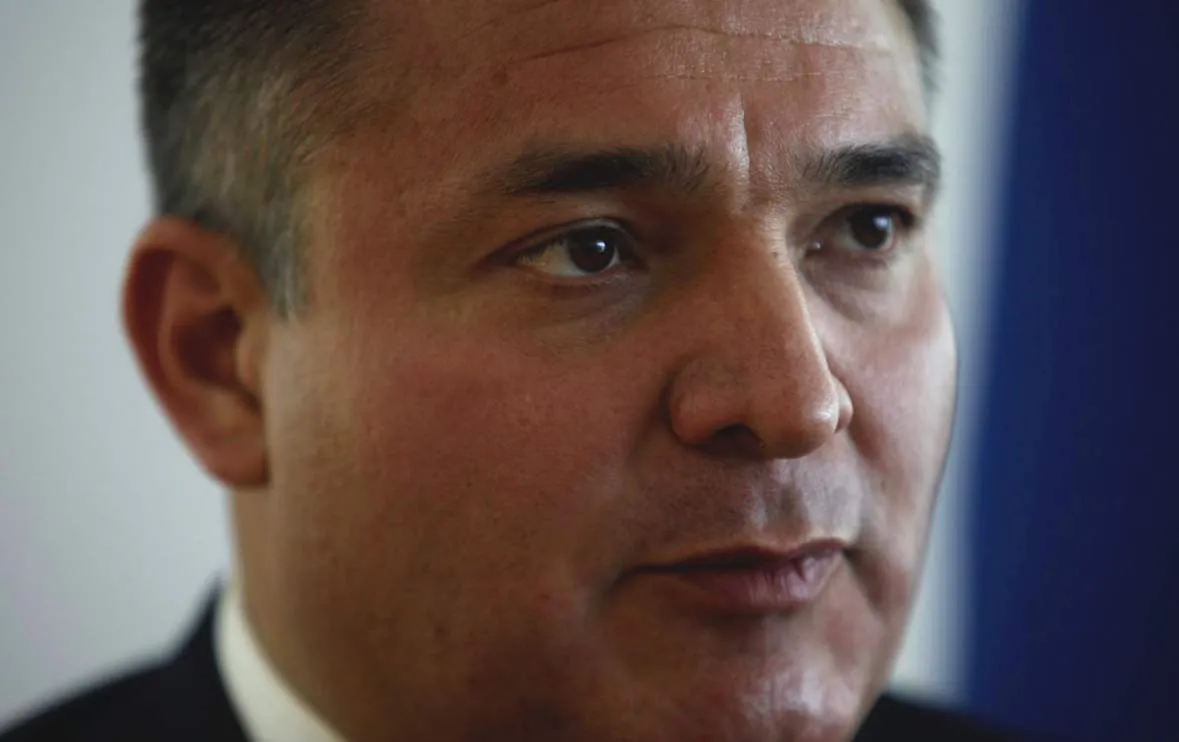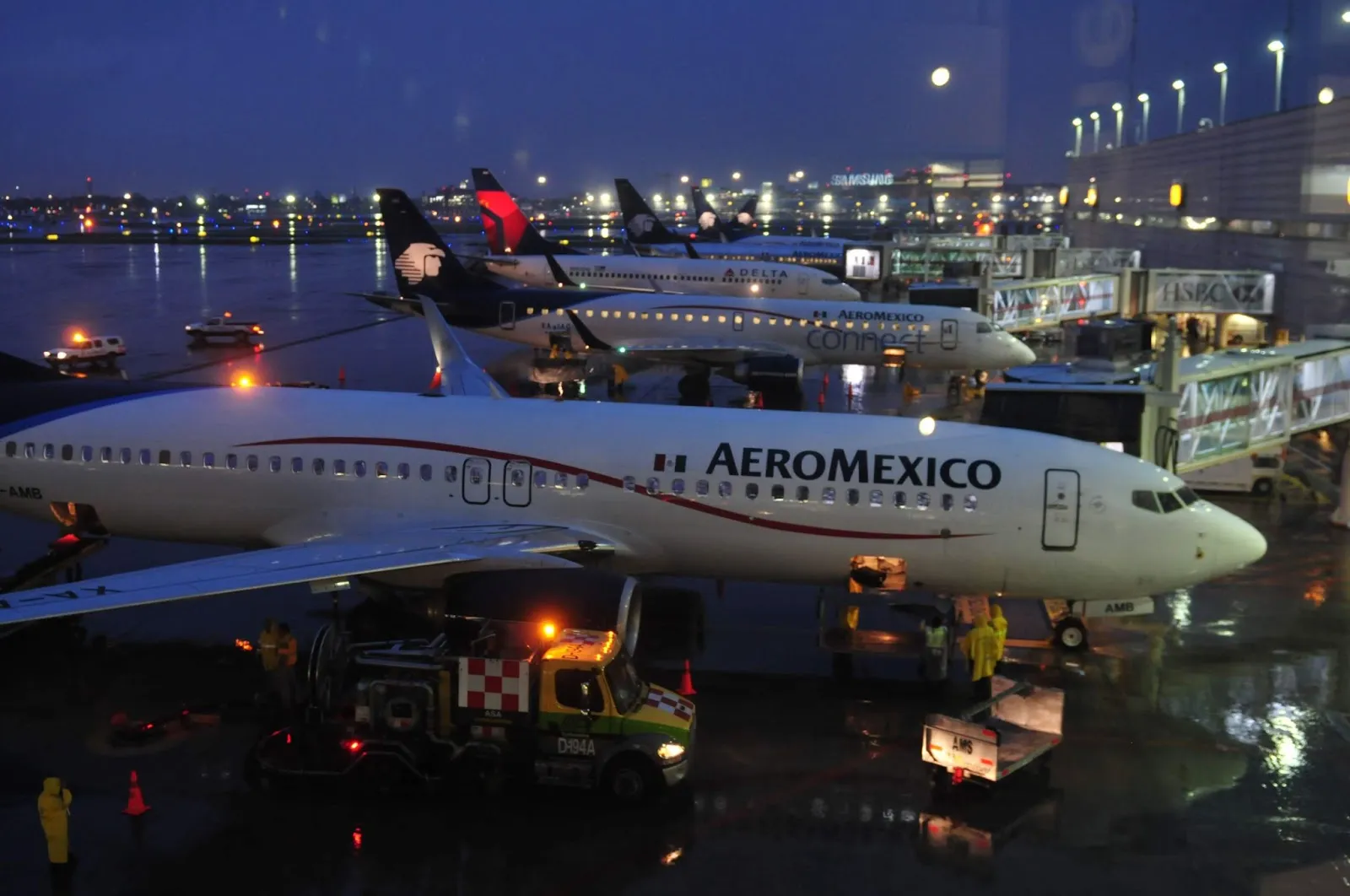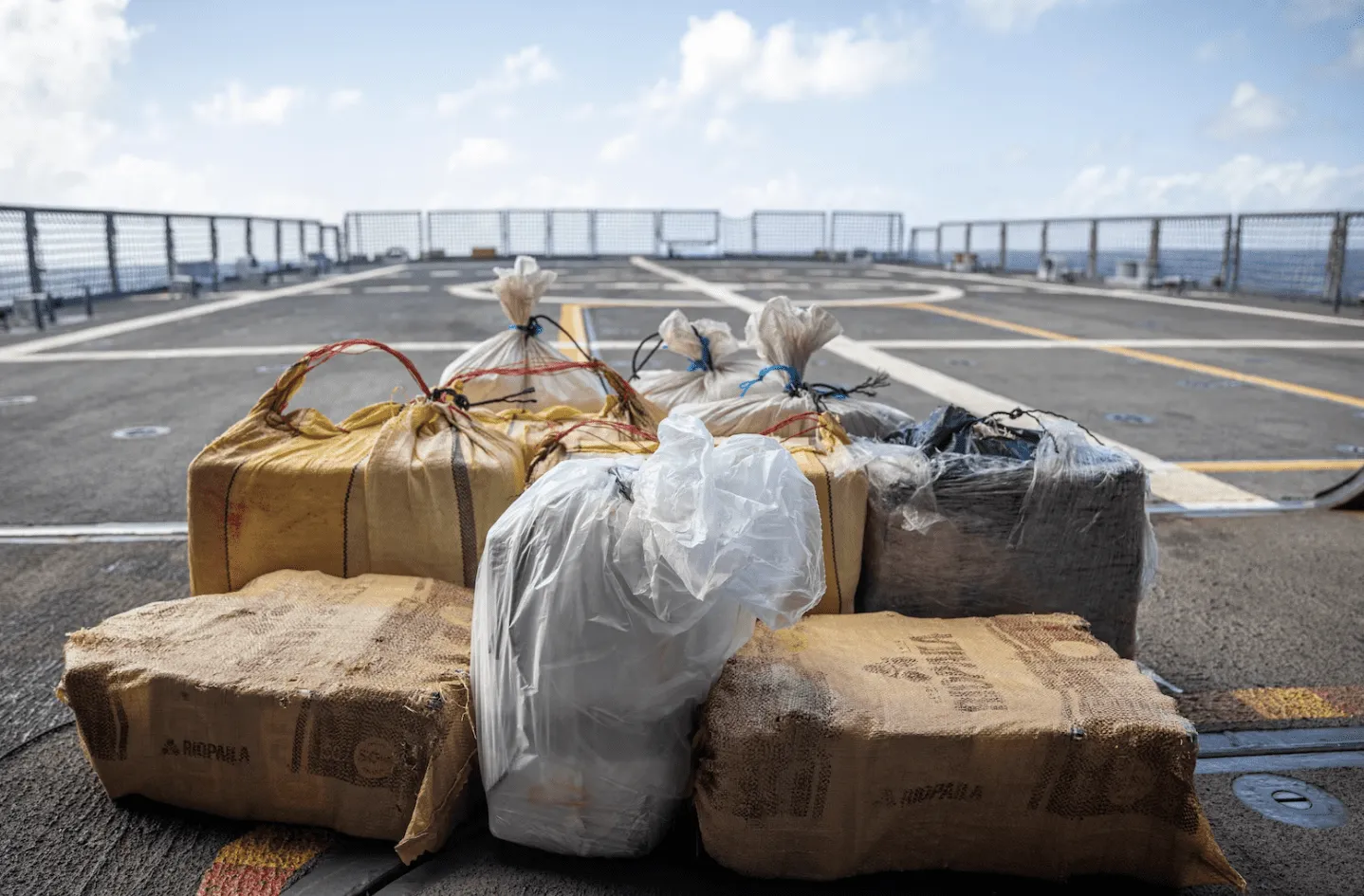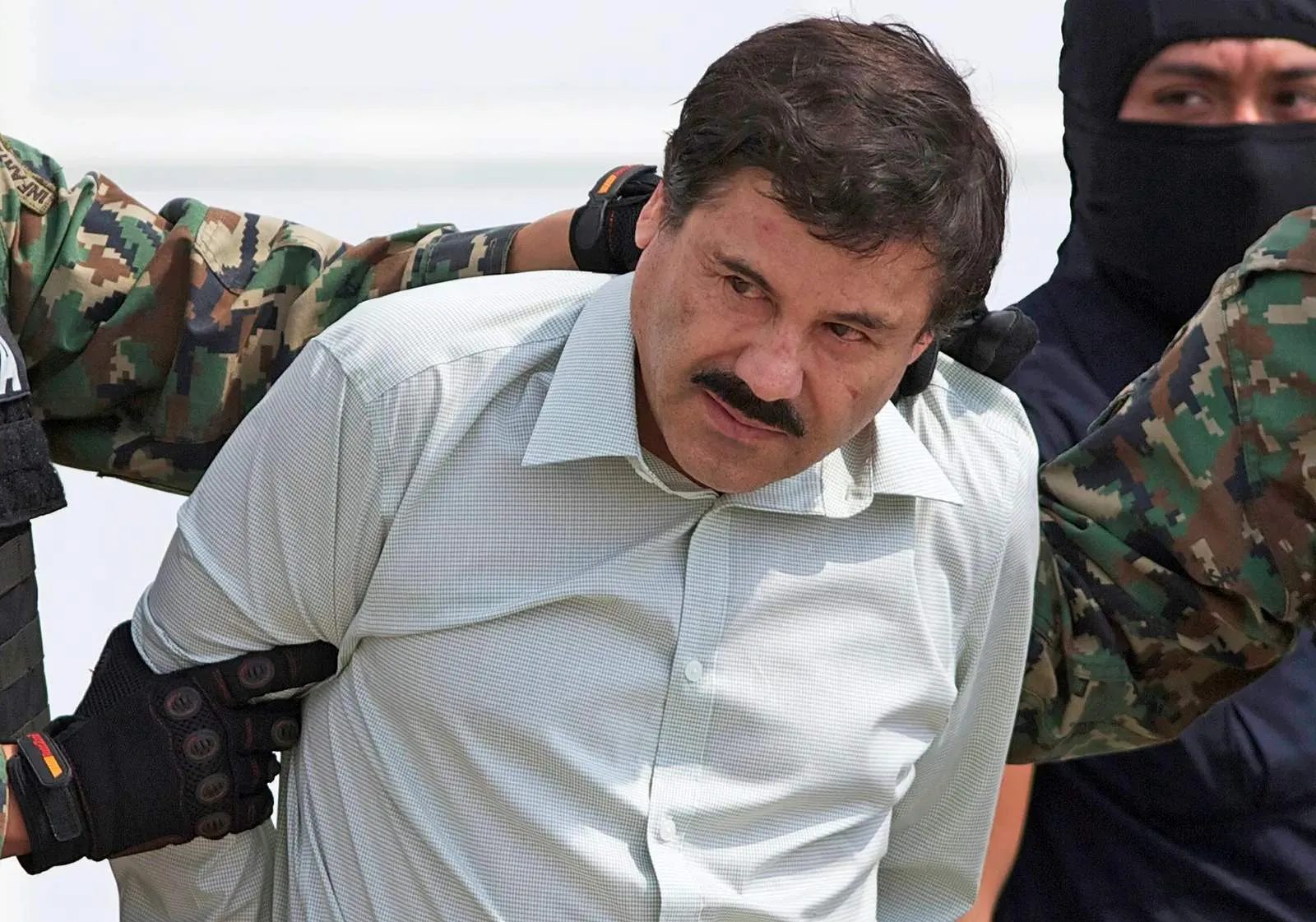El Chapo's Inside Man: Spies, Codes & A Cat Named 'Cocaine'
In 2012, the CIA gave Mexico's top cop García Luna an award for 'friendship, collaboration, and support' in the US war on drugs. Seven years later, the FBI arrested him for organized crime and pocketing millions of dollars in bribes from Mexico’s most dangerous drug cartel.
Mexico’s former security chief Genaro García Luna was brought down by the very cocaine traffickers he once condemned, convicted in February 2023 of pocketing millions in bribes from the Sinaloa cartel formerly headed by drug lord ‘El Chapo’ Guzmán.
New York jurors heard how multi-million dollar cocaine shipments regularly flowed through Mexico’s airports and seaports with drug traffickers wearing official police badges and Mexico’s federal agents driving luxury cars and carrying gold-plated handguns. Prosecutors called the set-up the 'FedEx of cocaine' trafficking.

García Luna’s drug trial: a Who’s Who of mobsters
García Luna’s sensational trial in a Brooklyn federal court involved a Who’s Who of convicted gangsters including Sinaloa founder Jesus 'El Rey' Zambada who recalled giving García Luna $2.5m in an office above a Guadalajara car wash in exchange for protection.
Witnesses nicknamed ‘The King’, ’The Devil’, and ‘The Big One’ painted García Luna as a criminal who took an estimated $50m in bribes to fund a lavish lifestyle that included a waterfront property in Miami with access to a yacht. Convicted Colombian drug trafficker Harold Mauricio Poveda Ortega - aka ‘the Rabbit’ - reminisced about his white cat named Perico - Mexican slang for cocaine - and welled up recalling how he traded his mansion for a prison cell after an undercover sting involving Mexican law enforcement, US DEA agents, and a Colombian informant.
Testimony at García Luna’s month-long trial in early 2023 also included tales of murder, kidnapping, and suitcases stuffed with cash to facilitate the transportation of drugs from Mexico into the US and Europe.

Police codes & drug secrets
Former Federal Mexican police officer Raúl Arellano testified that he was assigned to guard Mexico City International Airport against the illegal trafficking of money, weapons, and drugs in 2006. Instead, he explained to jurors how the drugs moved through the airport with the help of Mexican authorities.
Once or twice a week - almost inevitably after an arrival from South America or before a departure for Europe or North America - every police officer on duty at the airport received the same coded radio message: “By 45, everyone on 35.” It was an order by their supervisor to stand down. “We couldn’t conduct searches, detain anyone - nothing,” Arellano testified. “We just had to stand there.”
The García Luna case gripped the US and Mexico for a month, a real-time crime drama about power and corruption at the top. Prosecutors said the former official’s ties to drug trafficking go back more than two decades after García Luna took over as director of Mexico's Federal Investigation Agency, created in 2001 during the government of Vicente Fox (2000-2006). García Luna was then appointed secretary of public security (2006-2012) where he interacted with President Barack Obama and intelligence operatives including the former directors of the CIA, FBI, and DEA.
"The brand new social experience where you activate your gaming skills as you train like a spy."
- TimeOut
Take on thrilling, high-energy espionage challenges across different game zones.


Murderers, kidnappers, and criminals
Garcia Luna is the highest-ranking Mexican law enforcement official to face narco-corruption charges in the US where he moved after retiring as secretary of public security to run a US security company.
His defense attorneys argued that there was no ‘smoking gun’ evidence - nothing concrete tying their client to organized crime. They argued that the many witnesses could not be trusted as they’d cut deals with the prosecutors to serve lighter sentences - effectively, a case involving cocaine traffickers built on smoke and mirrors.
Defense attorneys, who painted the cartel witnesses as ‘murderers, kidnappers, and criminals’, were reportedly blocked from questioning Colombian cocaine trafficker Alex Cifuentes-Villa about his beliefs in aliens, witchcraft, and the Illuminati. The defense was also barred from asking unnamed witnesses about “prior acts of cannibalism”.

The Sinaloa drug cartel: The ‘FedEx of cocaine distribution’
García Luna denied the five charges against him involving drug trafficking and organized crime and declined to testify about accusations he shared intelligence with the Sinaloa drug cartel about its rivals and law enforcement operations. Brooklyn’s prosecutors described the cartel as the ‘FedEx of cocaine’.
The allegations about García Luna's involvement with the Sinaloa cartel first came to light during the trial of Joaquín ‘El Chapo’ Guzmán, who was convicted and sentenced to life in prison plus 30 years in 2019.

SPYSCAPE+

Join now to get True Spies episodes early and ad-free every week, plus subscriber-only Debriefs and Q&As to bring you closer to your favorite spies and stories from the show. You’ll also get our exclusive series The Razumov Files and The Great James Bond Car Robbery!


Gadgets & Gifts
Explore a world of secrets together. Navigate through interactive exhibits and missions to discover your spy roles.
Your Spy Skills
We all have valuable spy skills - your mission is to discover yours. See if you have what it takes to be a secret agent, with our authentic spy skills evaluation* developed by a former Head of Training at British Intelligence. It's FREE so share & compare with friends now!
* Find more information about the scientific methods behind the evaluation here.


Stay Connected
Follow us for the latest
TIKTOK
INSTAGRAM
X
FACEBOOK
YOUTUBE